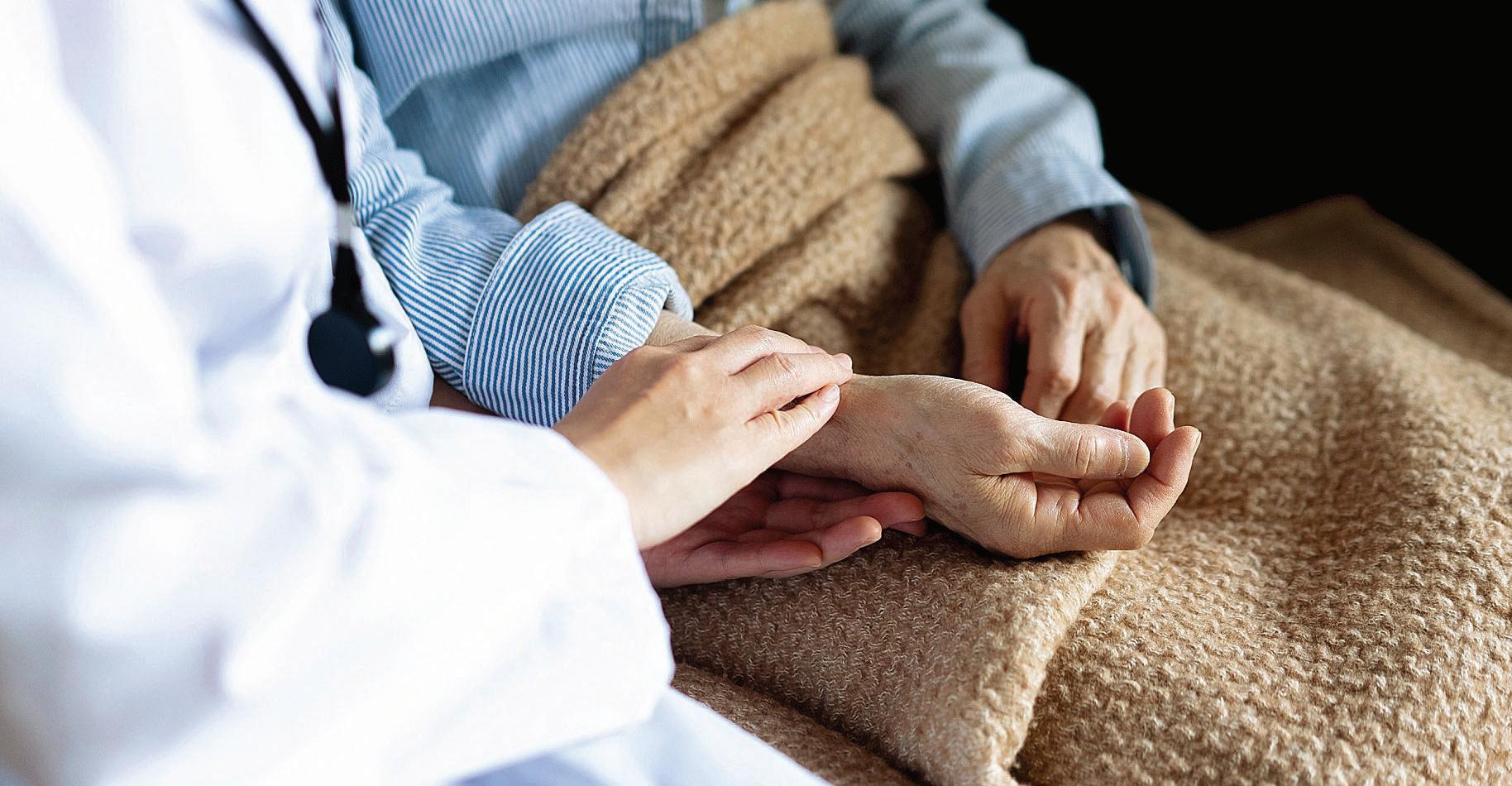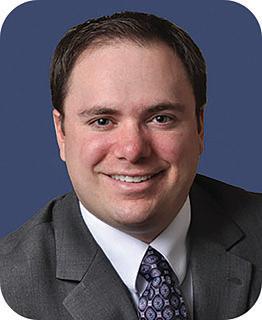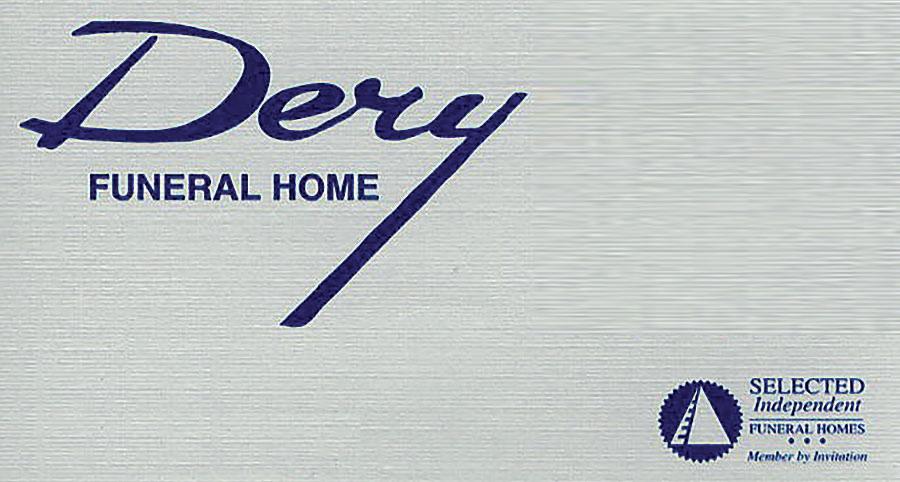
2 minute read
A Q&A regarding hospice and palliative care

Illnesses and aging can force families to make challenging decisions regarding the health and well-being of people they love. Care facilities, home health aides and other services can help improve quality of life for those people who are no longer well enough — physically or cognitively — to care for themselves. Palliative and hospice care are part of these care offerings.
What is palliative care?
Palliative care is specialized medical services for individuals living with serious illnesses. It is not designed to cure or treat the condition itself, but it is a way to manage symptoms. It is typically used in conjunction with other forms of medicine that are attempting to treat or cure the disease.
What is hospice care?
Hospice is similar to palliative care in that it is geared to enhancing quality of life. Hospice care is for people in the last phases of incurable diseases and is intended to ensure they live as fully and comfortably as possible, according to the American Cancer Society. Unlike palliative care, which accompanies traditional medical care, those who accept hospice care typically cease any other care attempting to cure the illness.
Who can benefit from palliative or hospice care?
The National Institute on Aging says anyone living with a serious illness, such as cancer, dementia, Parkinson’s disease, and heart failure, can appreciate the support palliative care provides. It is helpful at any stage of the illness, and is best started soon after diagnosis.
Hospice care is for those who are in the final stages of their illnesses. Generally, hospice services are reserved for people who are expected to live another six months or less if their illness continues to run its course.
Are these services permanent?
The good news about palliative care and hospice care is that wishes are completely driven by the patient and his or her family. If the patient is incapable of making medical directives, his or her medical proxy can make changes to care wishes.
Research indicates that many times hospice care is started too late because people think it’s a form of “giving up.” However, anyone in hospice care can resume active care if they or their caregivers choose to do so.
What can palliative and hospice care resolve?
The Mayo Clinic says that palliative and hospice care can im- prove symptoms such as pain, nausea or vomiting, anxiety, depression, constipation, difficulty breathing, fatigue, and trouble sleeping, among others. Hospice care also can include spiritual and bereavement care. Hospice teams typically follow up with members of the immediate family to offer them counseling or other services.

Who is in charge?
Patients and their families decide what they want out of these care measures. Palliative care teams are separate from the patient’s medical care team that’s managing their treatment. Hospice care teams coordinate the majority of care for the patient and communicate with the patient’s medical care team.





